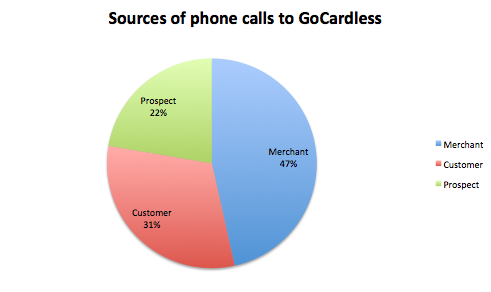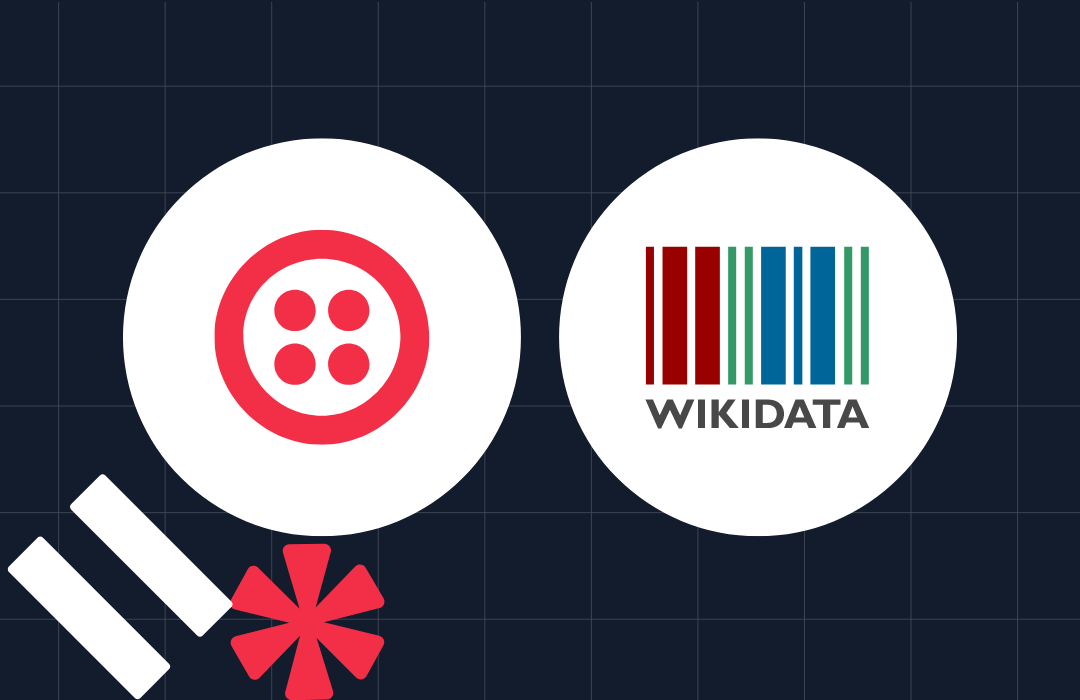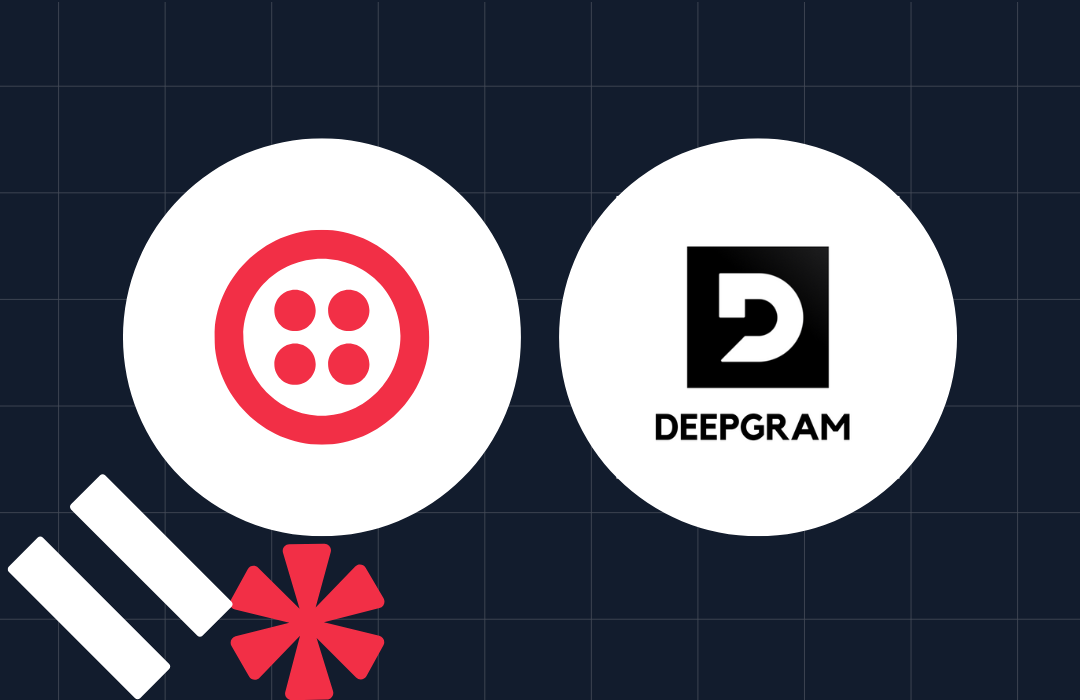GoCardless Creates Data Driven Support Using Twilio Powered Nodephone
Time to read: 4 minutes


This is a syndicated post, originally posted by Tim Rogers, Customer Support Manager at UK-based GoCardless, a service that allows you to accept payment via links. Tim set up an internal tool for GoCardless called “Nodephone” using Twilio, Node.js, and Socket.io to track customers’ support calls and requests. Using Nodephone, Tim organized GoCardless’ support data, tracked peak call hours, and developed customer profiles. He explains how he used Nodephone in this post.
To learn more about GoCardless visit their website here. To contact Tim with any questions, reach him here.
Data Driven Support
Here at GoCardless, we try to make all our decisions in a data-driven way. Staying customer-centric whilst we do so means making sense of all the interactions we have with our customers.
On the Customer Support team, we spend more time than anyone else speaking to customers. We generate a lot of rich but unstructured data: our email, calls and other interactions. Recently, we’ve been working on new ways to analyse it to improve our support and drive product development.
How Things Were
When I joined GoCardless we were providing great support but our tracking was ad-hoc. We were manually recording some interactions, but the data was patchy and the process was time-consuming.
Worse still, our support data wasn’t linked with the rest of our data, meaning we weren’t using what we did record. It was buried.
Enter Nodephone
We decided to begin our overhaul of support-tracking with our phone channel, and I set about building a new, metrics-driven system.
We had a good foundation to build on – all external calls come in on a Twilio number and are forwarded to phones in our office. To get good quality tracking I built a system called “Nodephone” to sit in the middle. Built in Node.js with the Express framework and Socket.io, it’s on the other end of Twilio, responding with TwiML, but it also communicates with GoCardless and a web interface.
Any incoming call is logged and looked up in our merchant records. We then display the call on a simple web interface, where the support agent can see the caller’s name and click straight through to their records. At the end of the call, they can add descriptive tags and notes.

All the data entered, alongside the duration of the call, is saved on the merchant’s account for future reference.


We can also see why people are calling – that is, whether they’ve paid via GoCardless (customers), collected money (merchants) or are interested in taking GoCardless payments (prospects) from the tags.

The tags we logged on calls from merchants also showed that there was a lack of helpful information on the site to answer common questions, so we’re revamping our FAQs with a whole range of new content.
:
What’s Next
We’ve built a powerful new automated metrics system for logging our phone calls.
Next we’re targeting our other support channels. We’ll be using Desk.com’s API to analyse our email support, providing the ability to do all sorts of calculations which aren’t possible with the software’s own analytics.
We’re also going to build an internal dashboard so anyone can see the headline stats for support in a couple of clicks.
Over time, we want to make all our internal analytics as powerful as we can. If you find problems like this interesting, we’re hiring and would love to hear from you.
Have feedback, let @gocardless know on Twitter, or via email at help@gocardless.com
Related Posts
Related Resources
Twilio Docs
From APIs to SDKs to sample apps
API reference documentation, SDKs, helper libraries, quickstarts, and tutorials for your language and platform.
Resource Center
The latest ebooks, industry reports, and webinars
Learn from customer engagement experts to improve your own communication.
Ahoy
Twilio's developer community hub
Best practices, code samples, and inspiration to build communications and digital engagement experiences.


